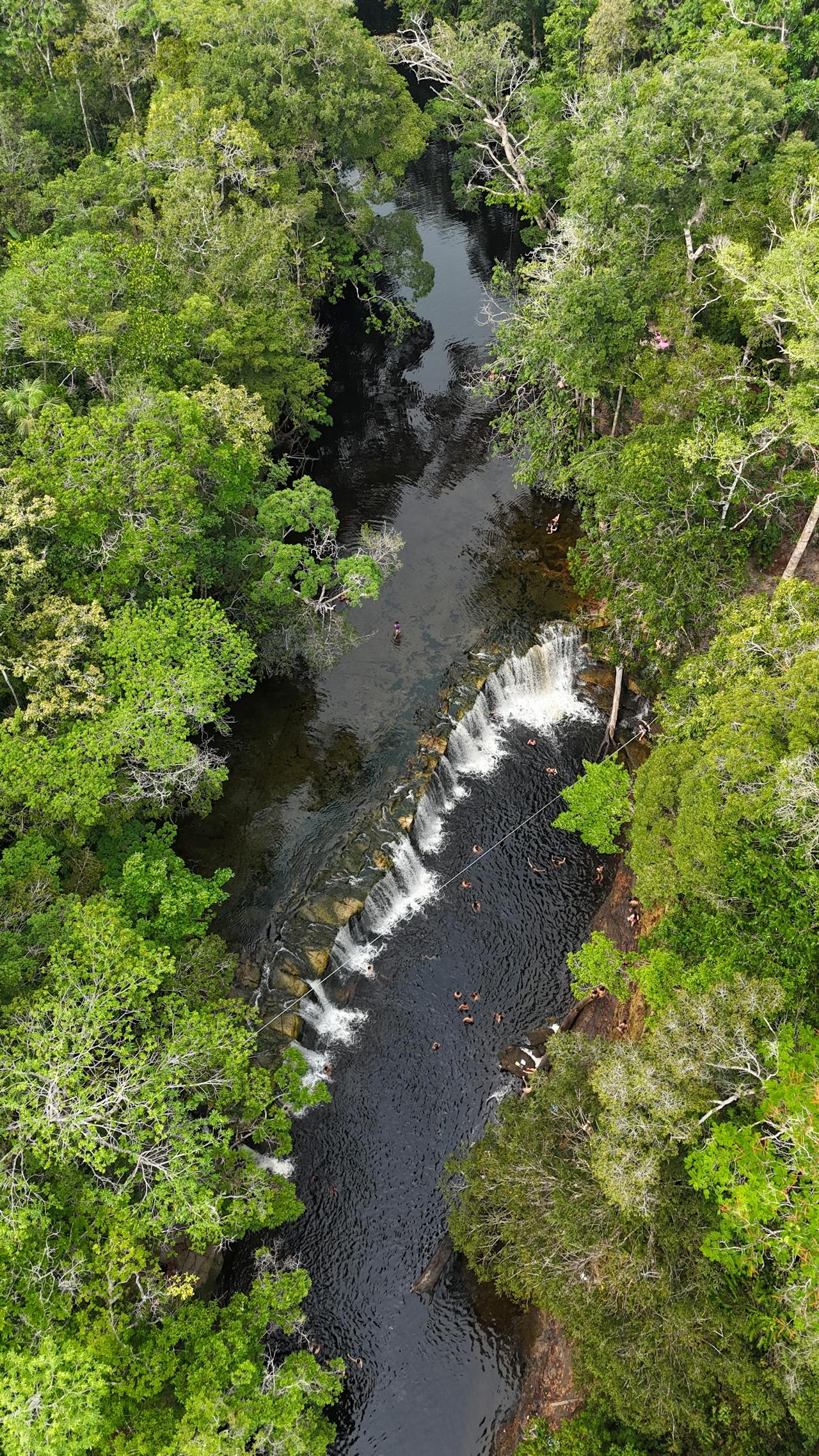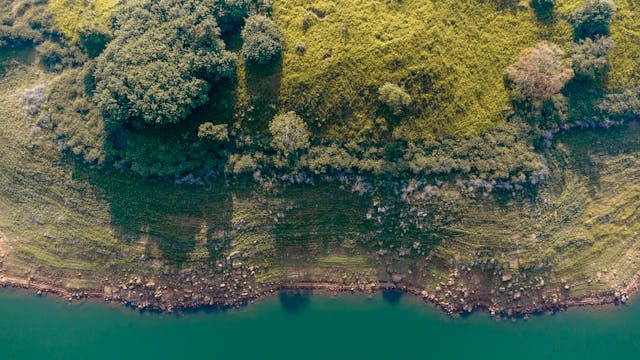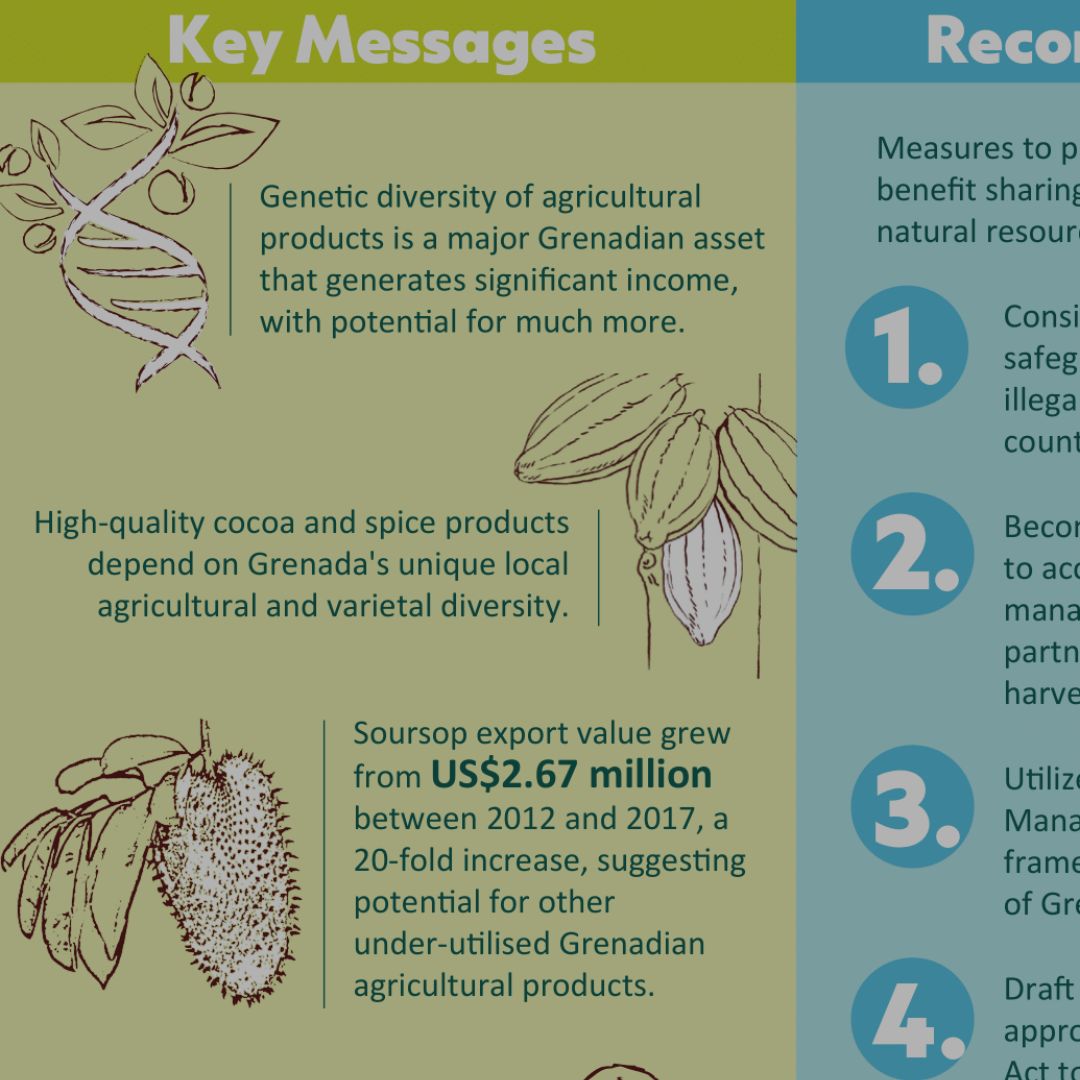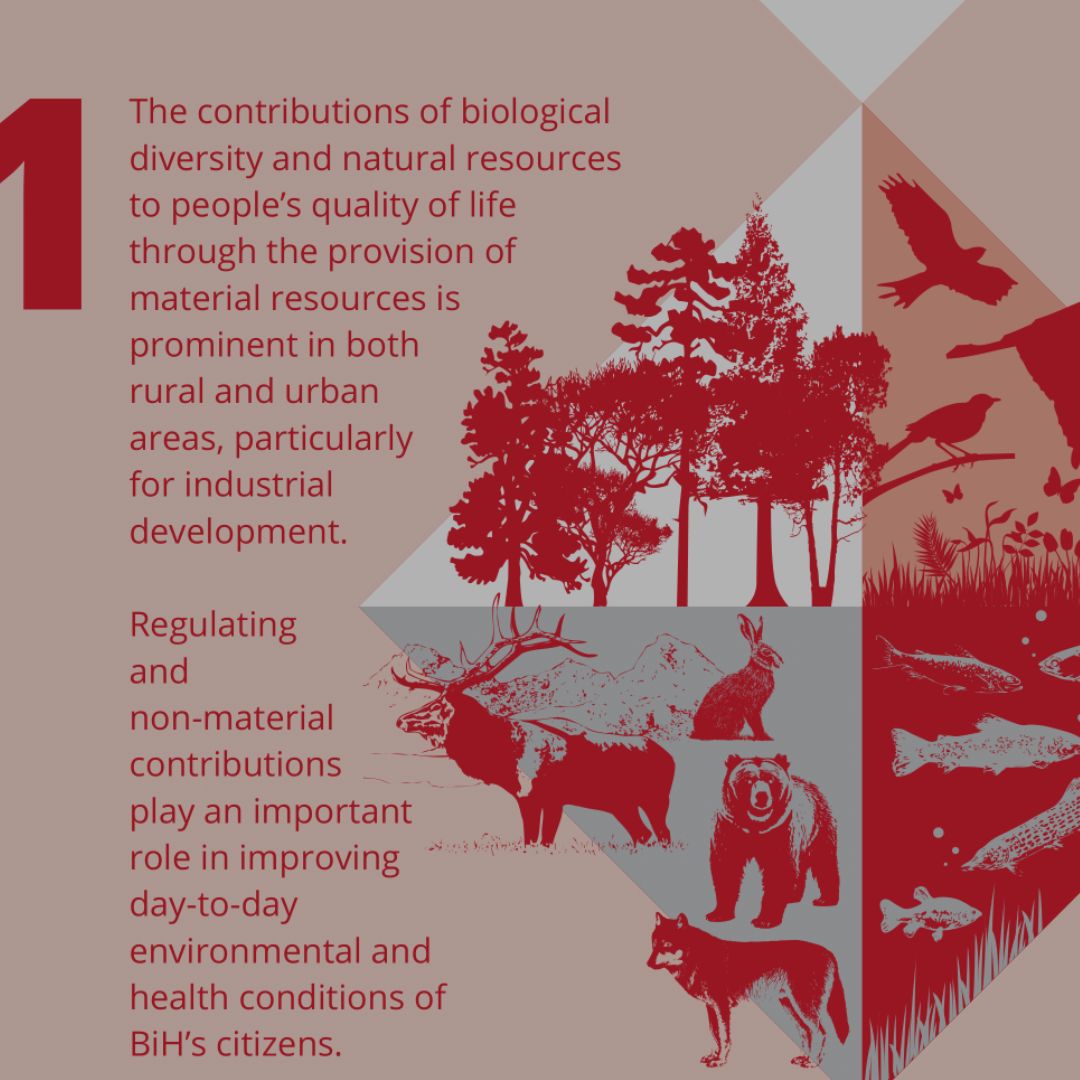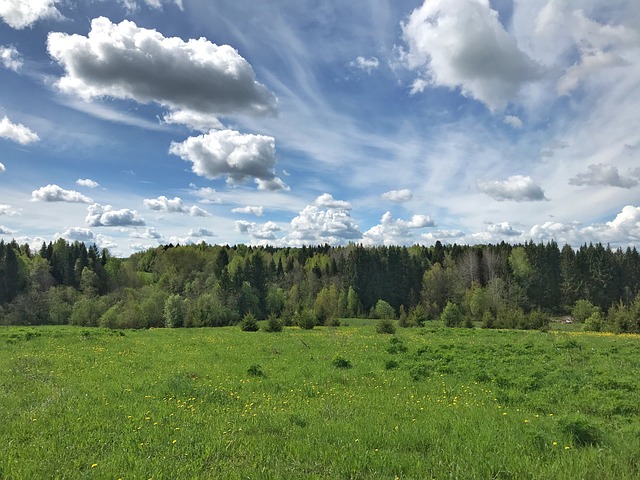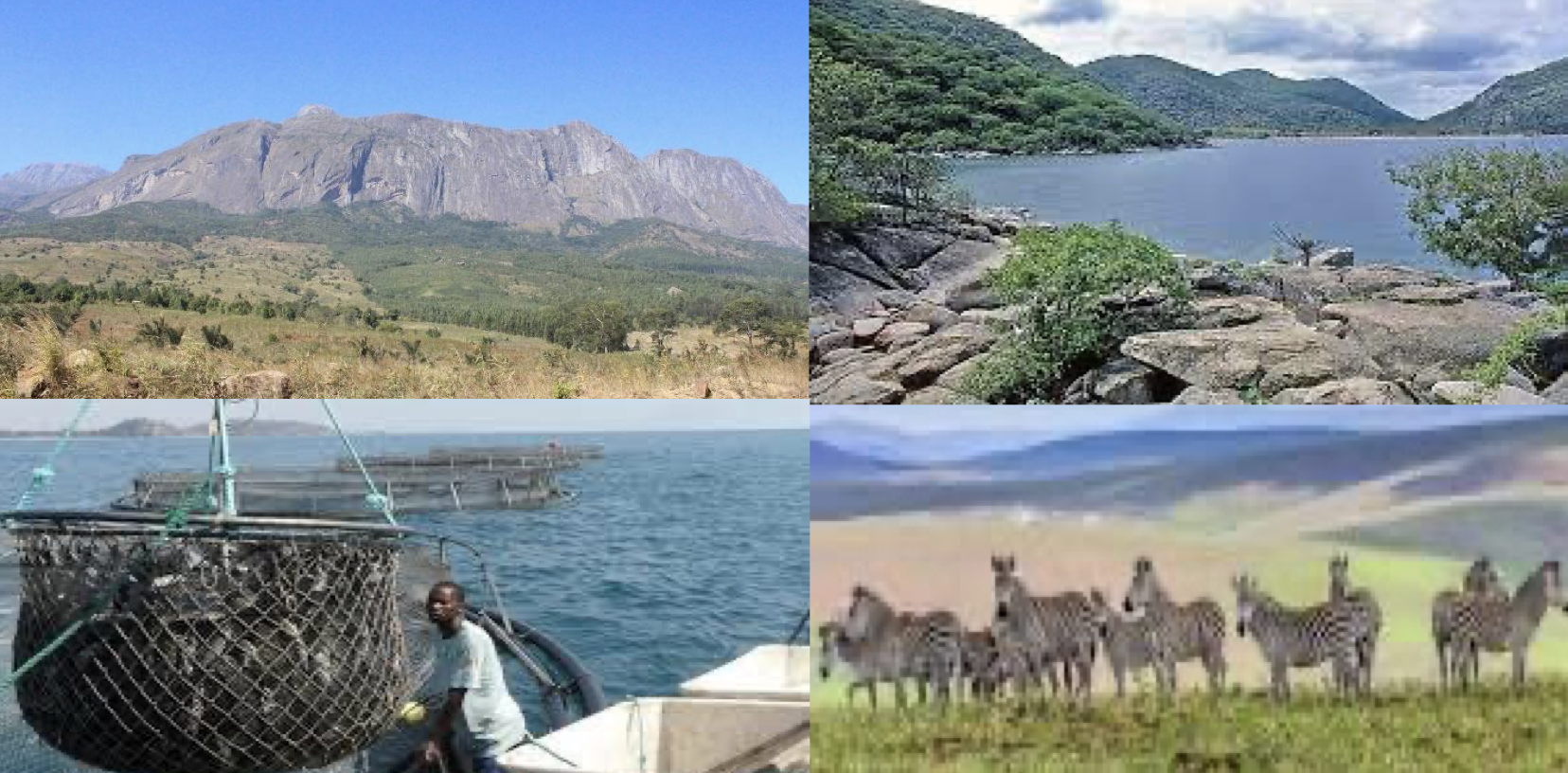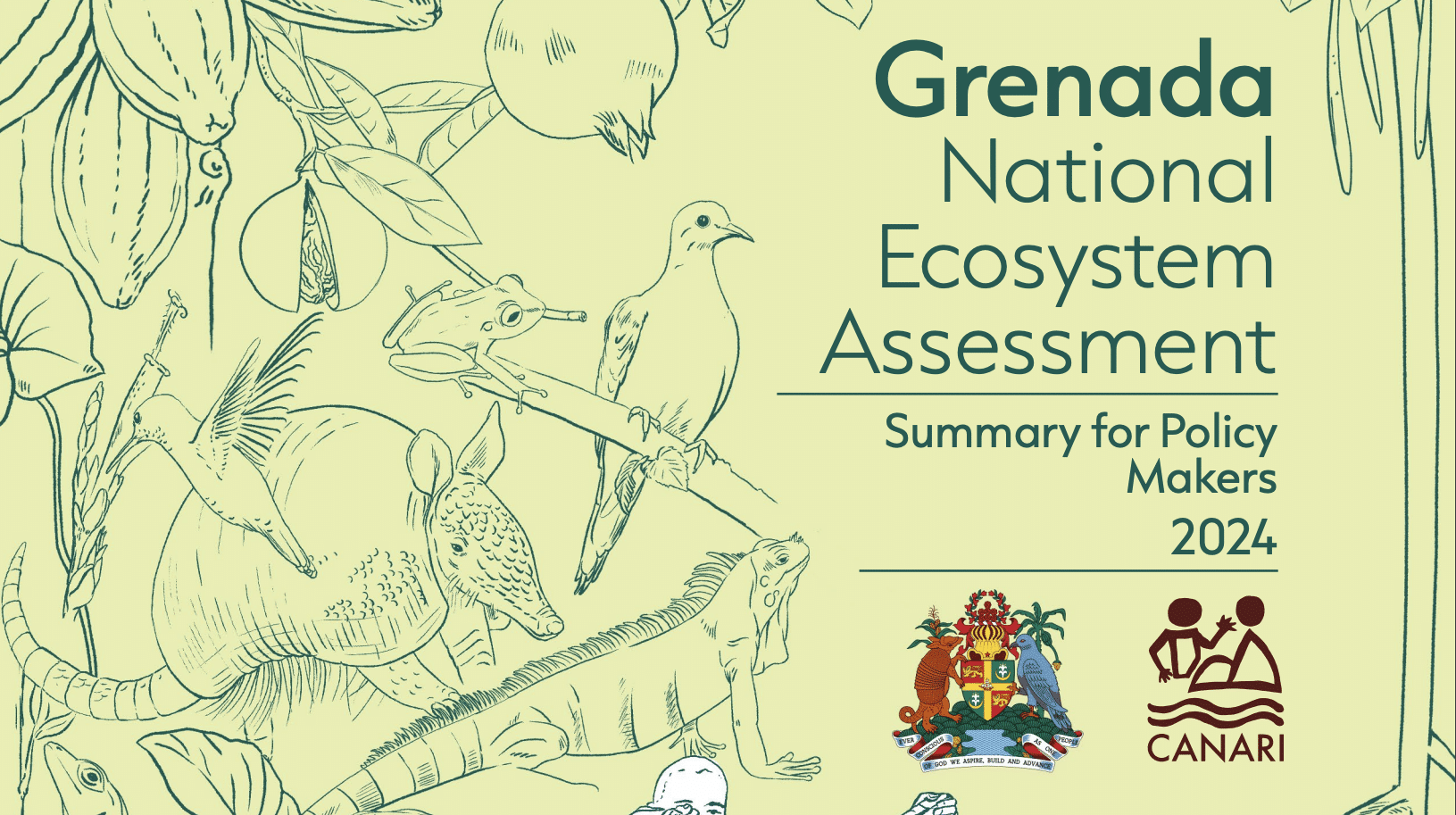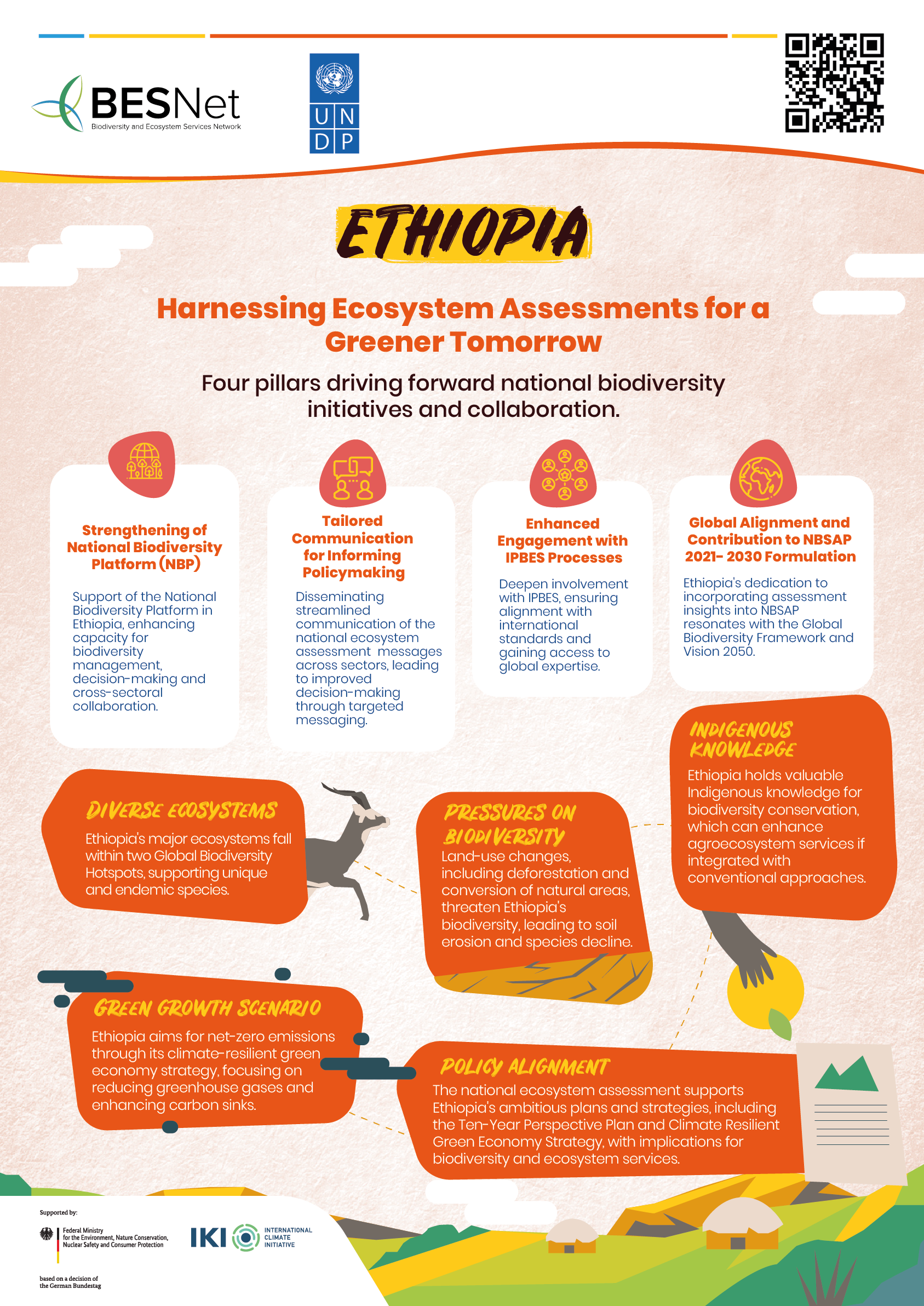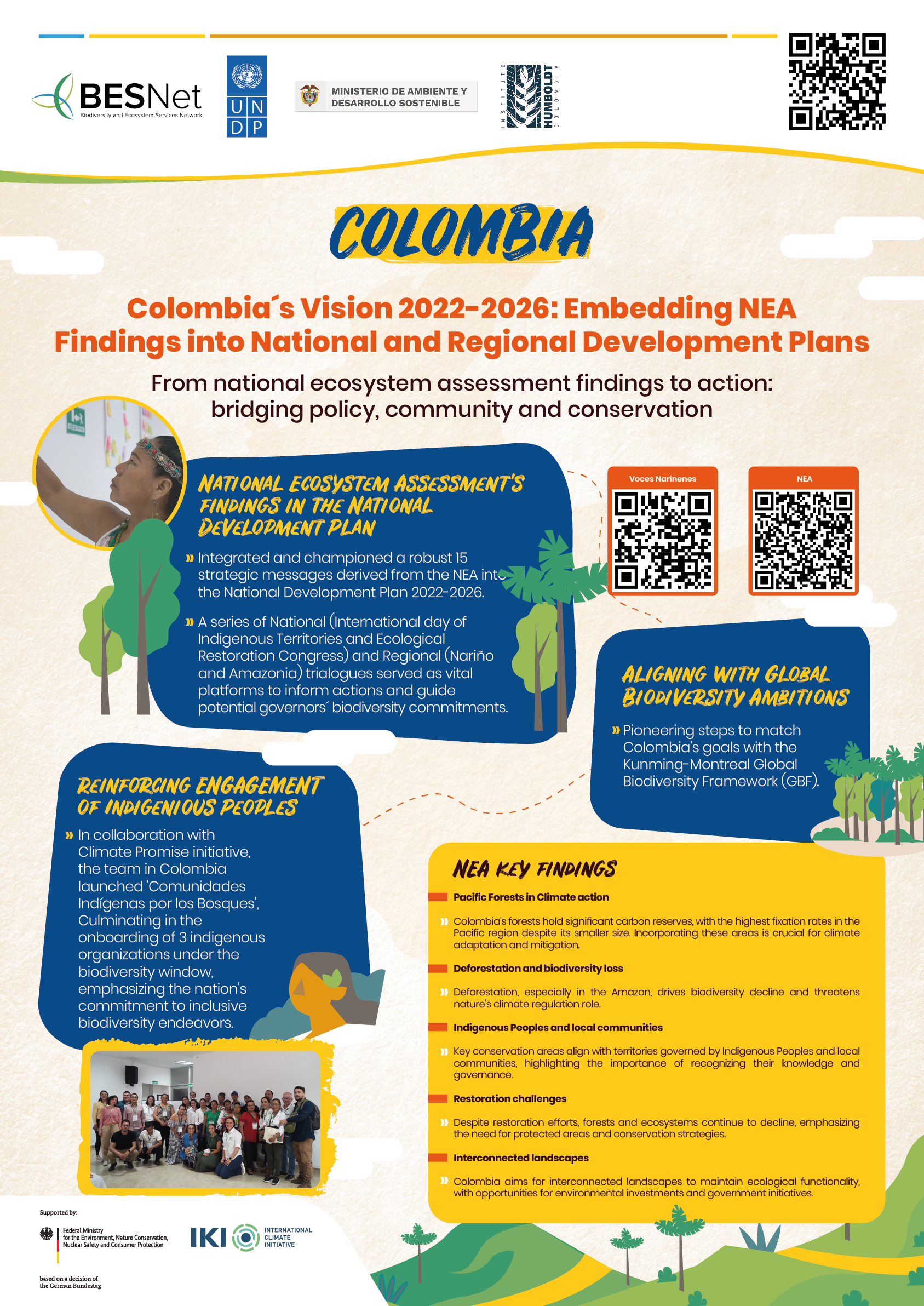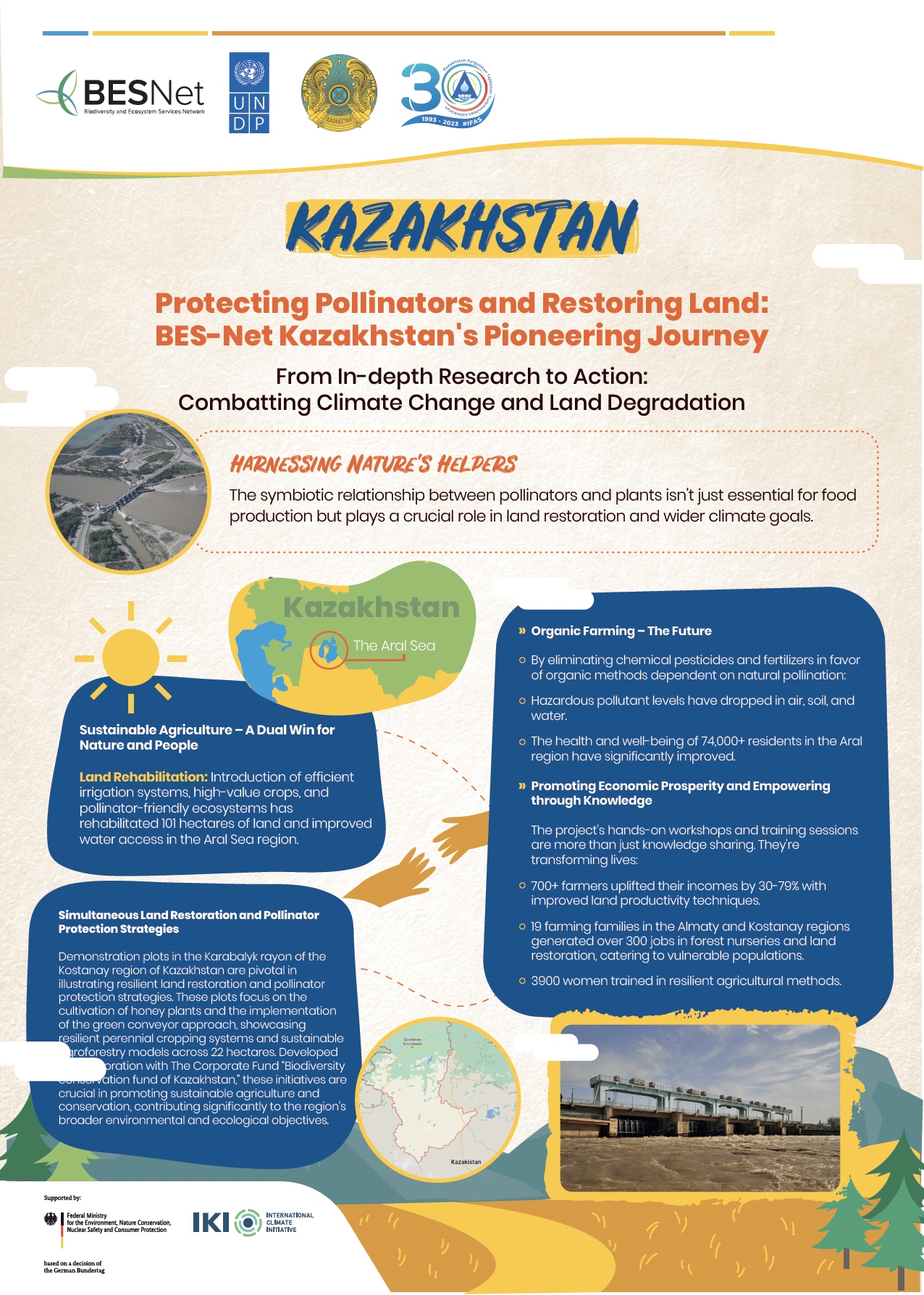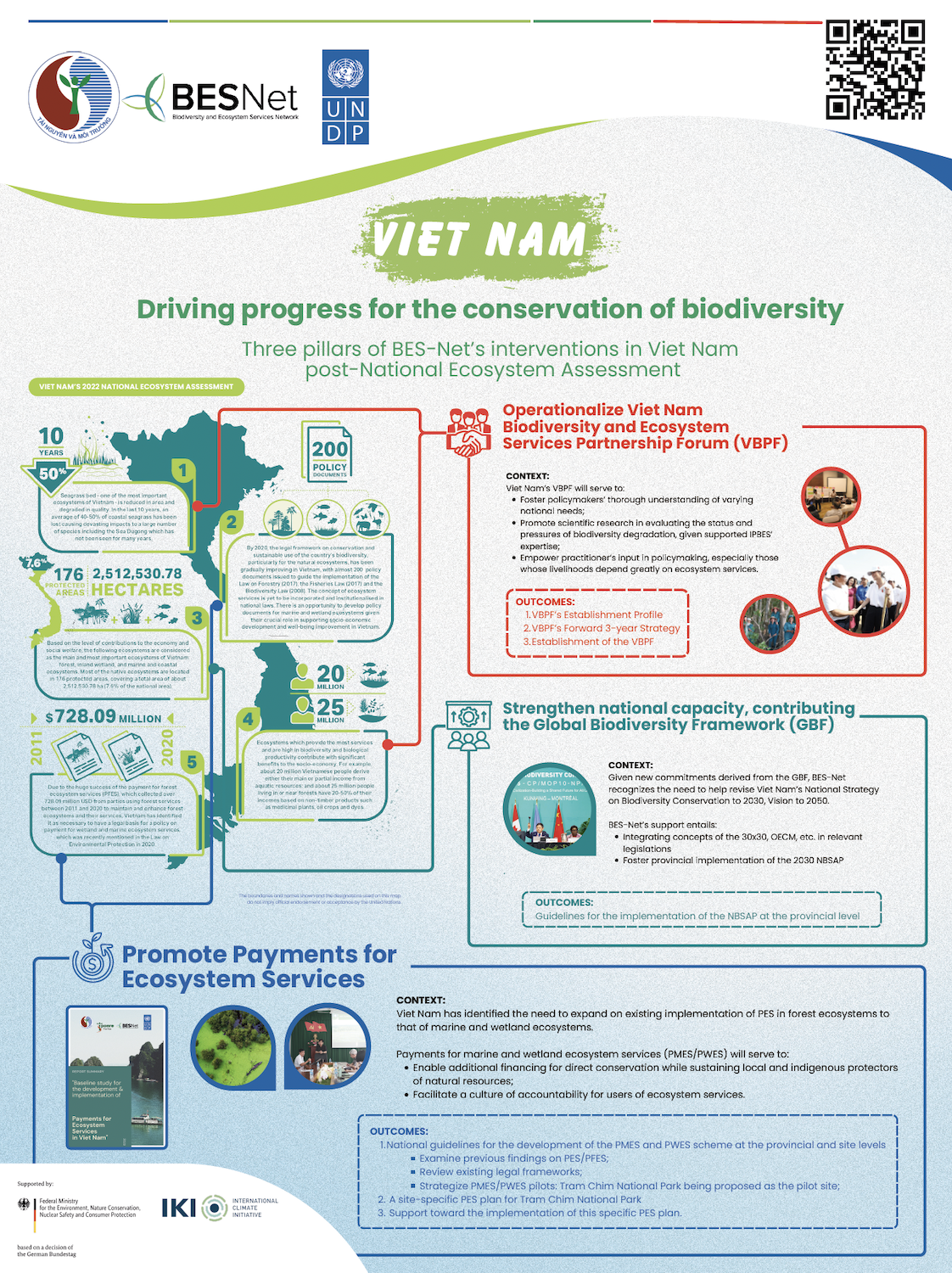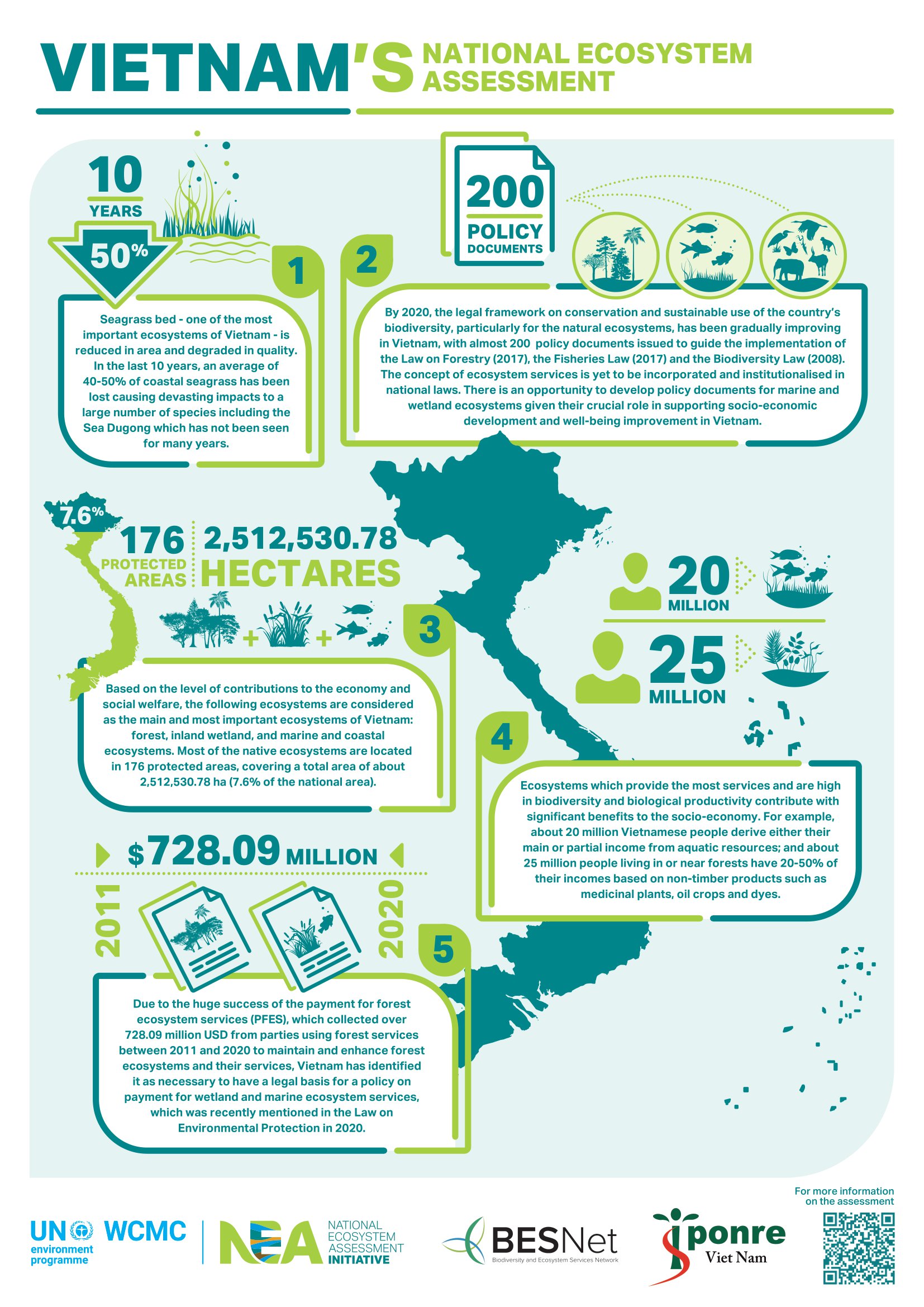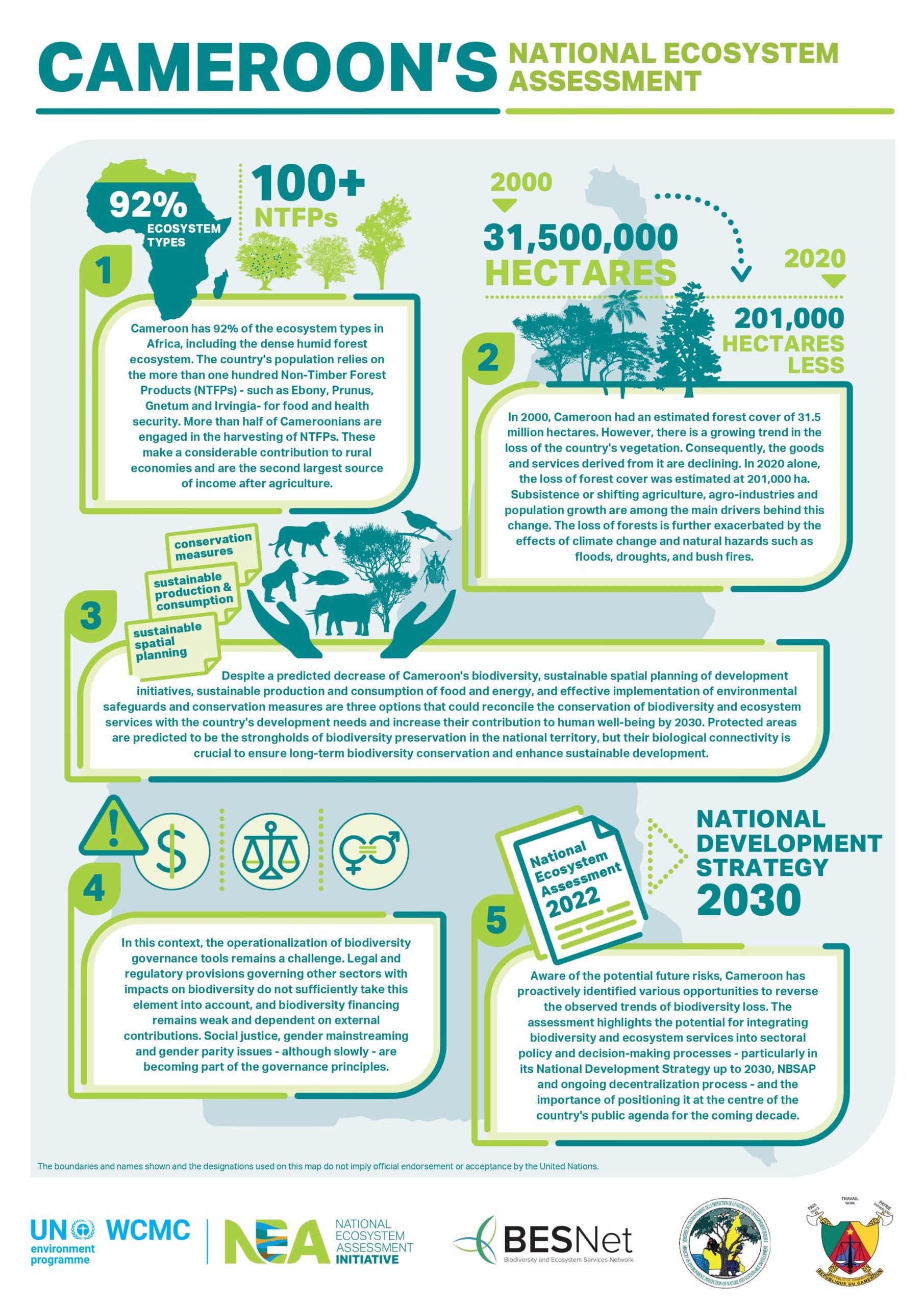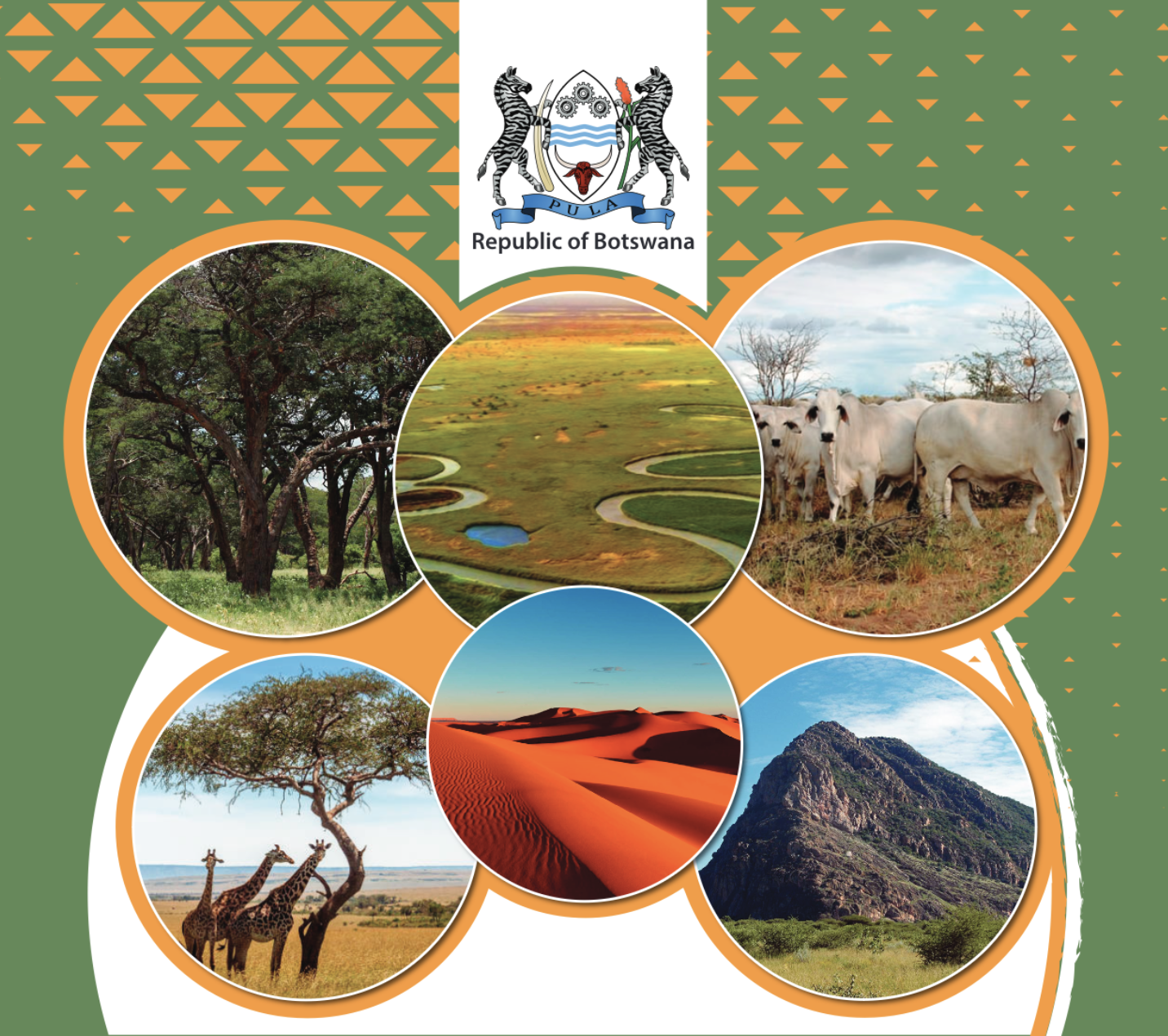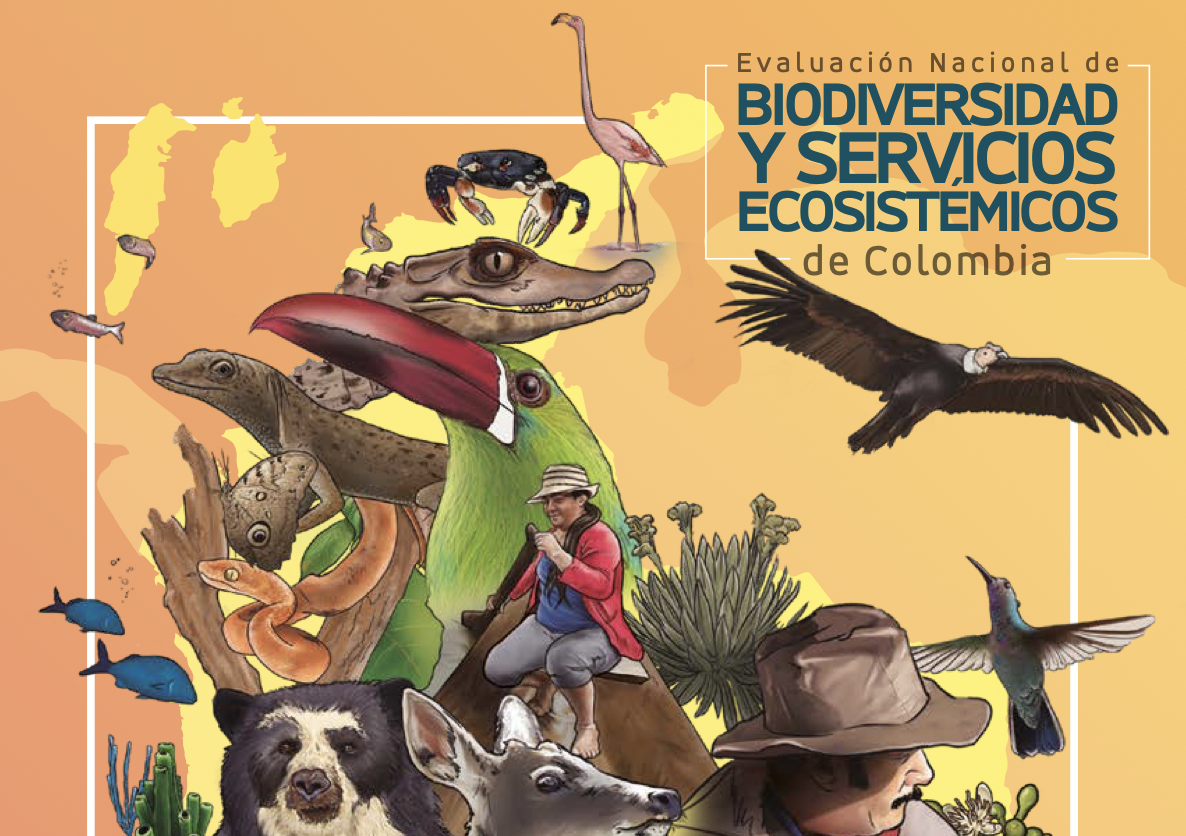y The report provides a comprehensive outlook on available financing sources and stipulates ten examples for project developers and practitioners who might be keen to learn from different finance approaches to implement and maintain EbA measures. It offers the opportunity to showcase possibilities for EbA to be considered within National Adaptation Plan (NAP) processes and Nationally Determined Contribution (NDC) strategies. y Financing sources for EbA measures stem from both domestic and international funds, which originate from public and private sources. International funds from public sources include multilateral funds (for example the Green Climate Fund and the Adaptation Fund), multilateral development banks, bilateral technical and financial cooperation as well as debt-for-nature swaps. Domestic public sources, such as national funds and budgets, are complemented by private sources, which encompass certification schemes, nonprofit organizations, and market debt. y Several instruments are relevant for EbA financing. In addition to grants, green bonds, and debt financing, payment for ecosystem services, risk insurance as well as taxes, fees, and charges are possible. Access to green markets, equity financing, and guarantees constitute further instruments. There is no one-size-fits-all solution for financing EbA, as measures are highly context-specific regarding for example climate risks and ecosystems, geographical scale, and level of implementation. y Different stakeholders face different costs that require various financing mechanisms. Often, a combination of financial instruments and sources has to be applied to guarantee the coverage of both investment costs (the costs associated with the development of infrastructure, capacity, and technology) and operating costs (the ongoing expenses incurred to support the coordination and facilitation of the EbA measure throughout its lifetime). y The ten examples illustrate how the funding sources have been harnessed for different EbA measures, including flood prevention, desertification, forest degradation, resilience building, and carbon insetting: y In Cartagena, Colombia, a compensation for sealing green areas and an event fee which contribute to the city’s environmental infrastructure for flood prevention, engage the private sector. By communicating the benefits of EbA measures, an incentive structure was created to leverage private finance sources. y The High Atlas Foundation Tree Nursery in Morocco blends public funding from governmental institutions for the project’s non-profitable aspects with revenue generation through the sale of carbon credits and certified products. It thereby ensures long-term financial sustainability and independence from future donations






























































































































































































































































































































































































































































































































